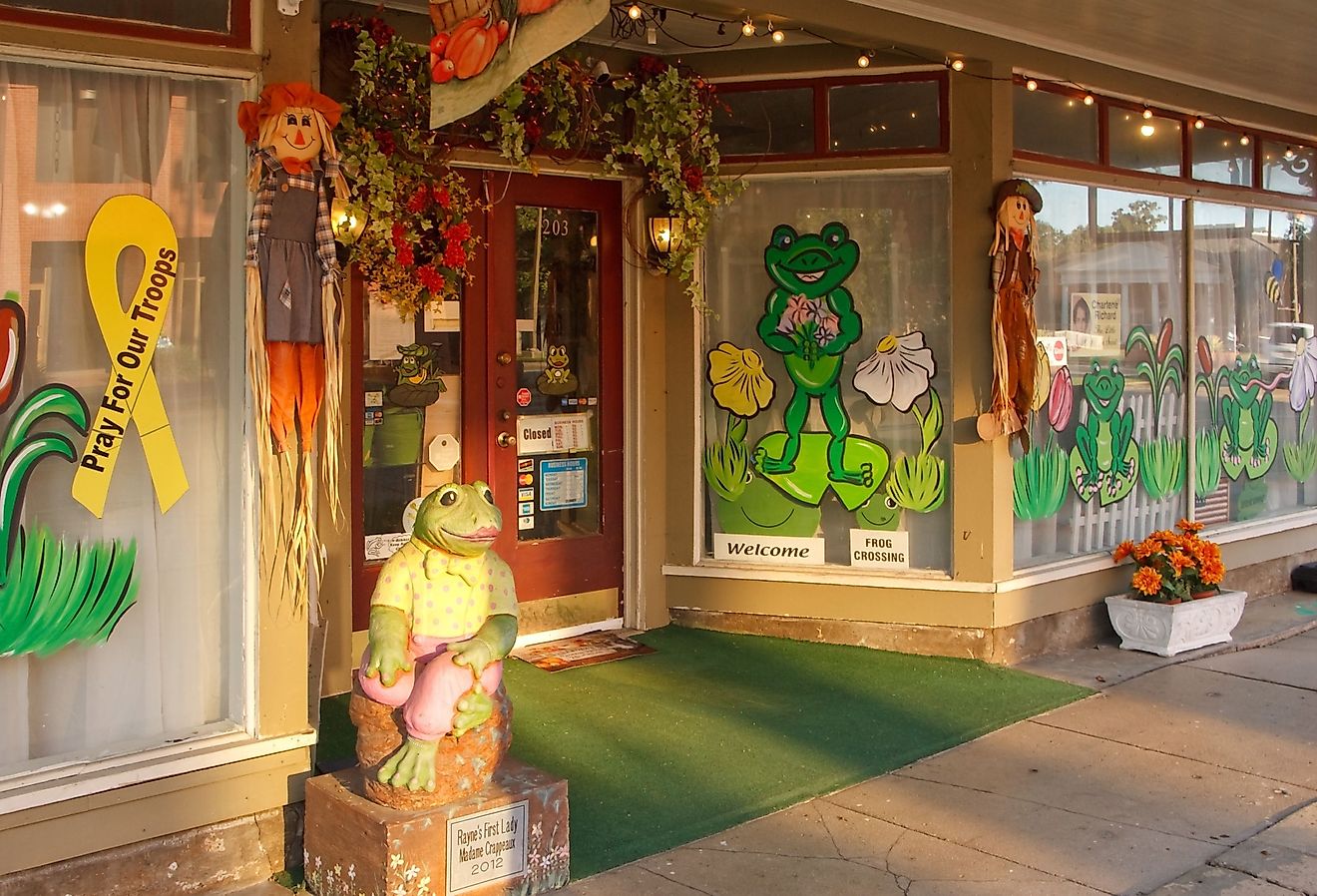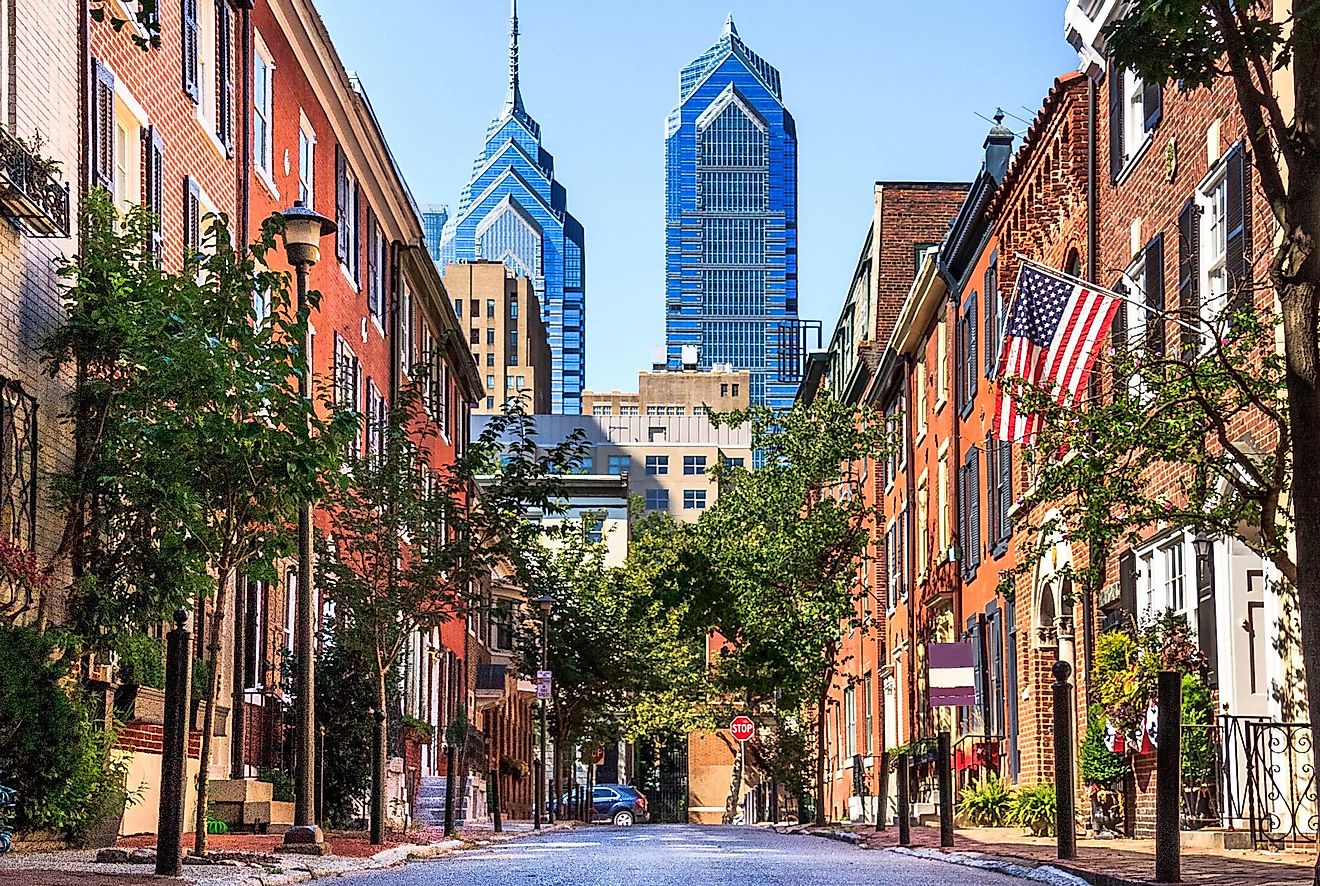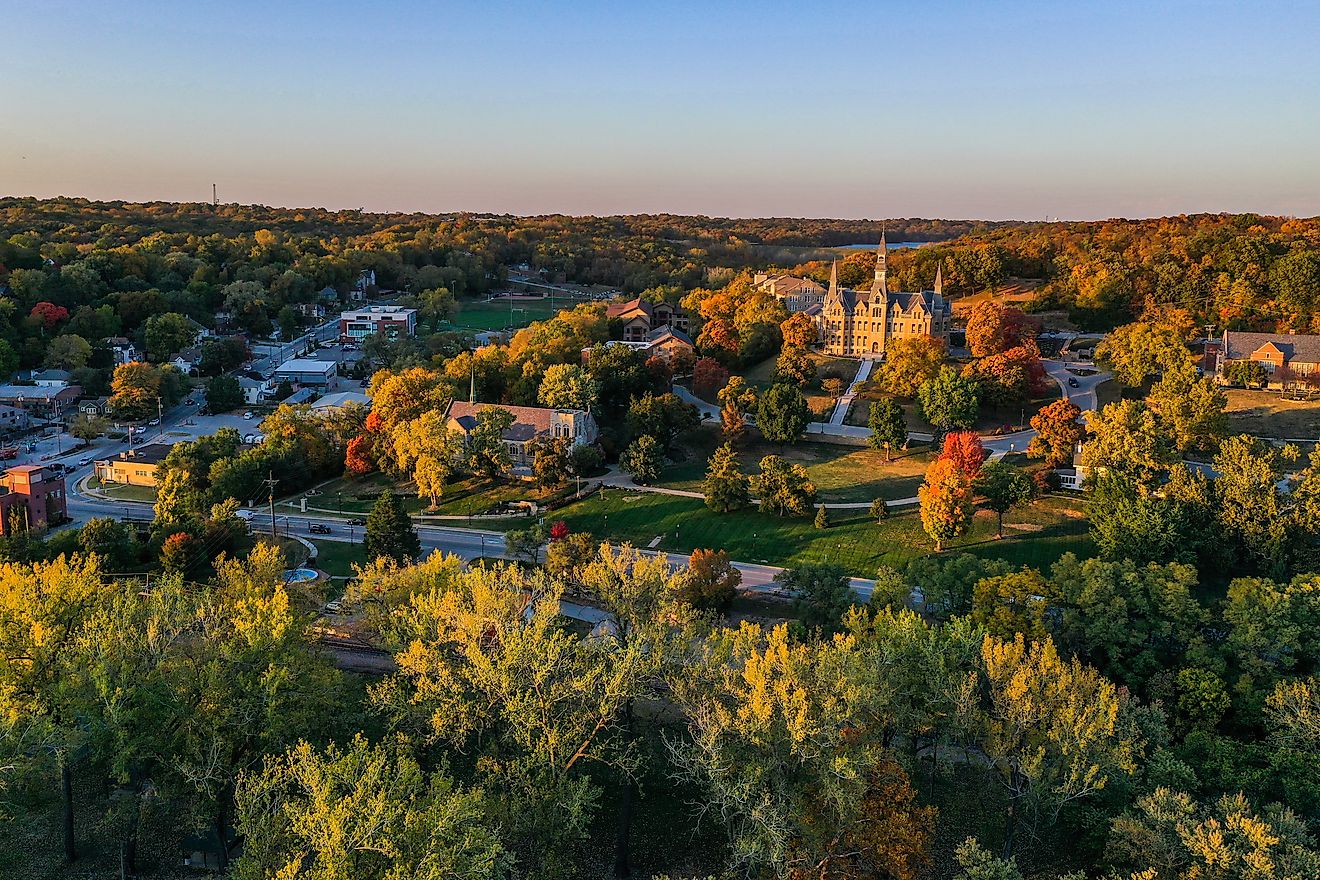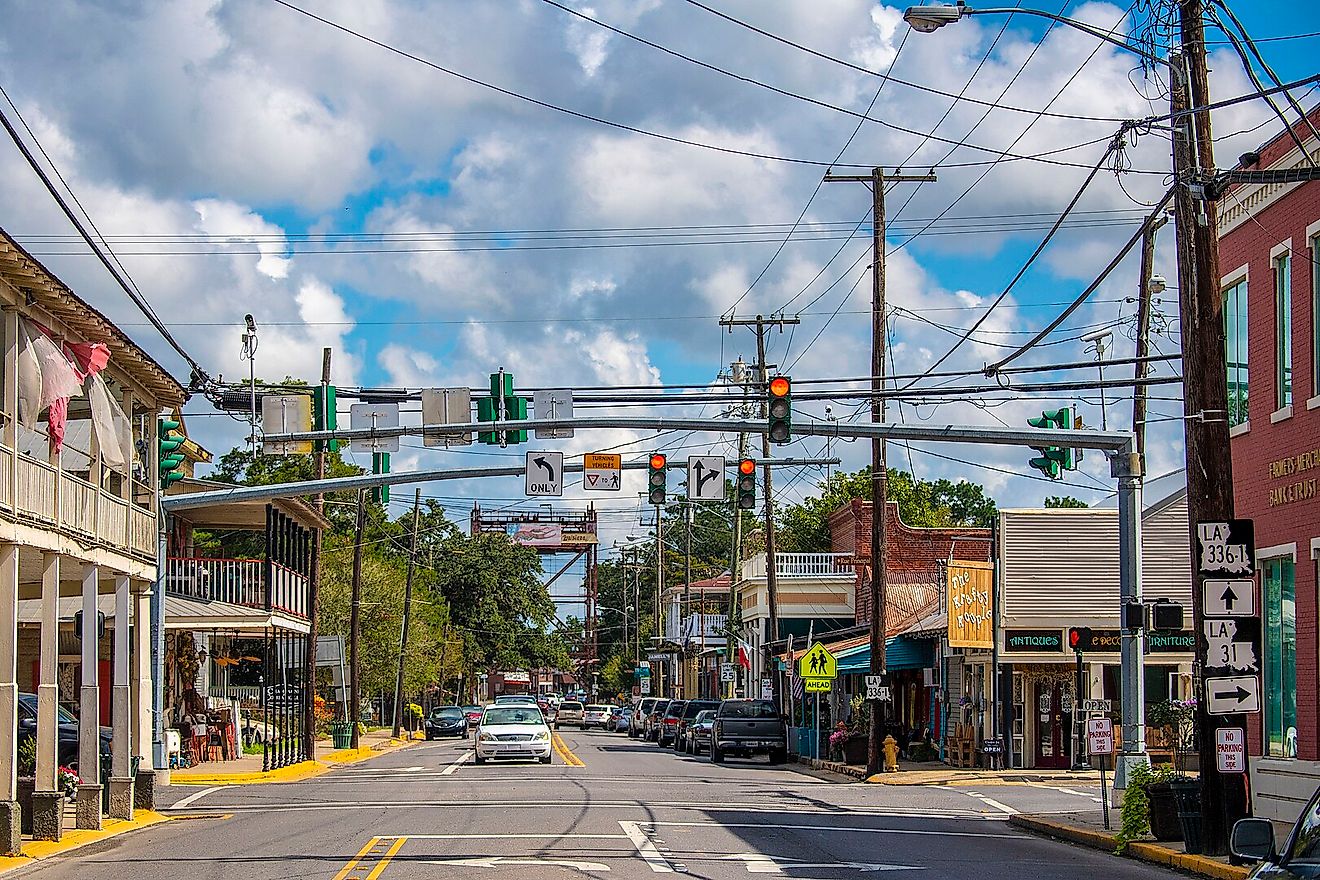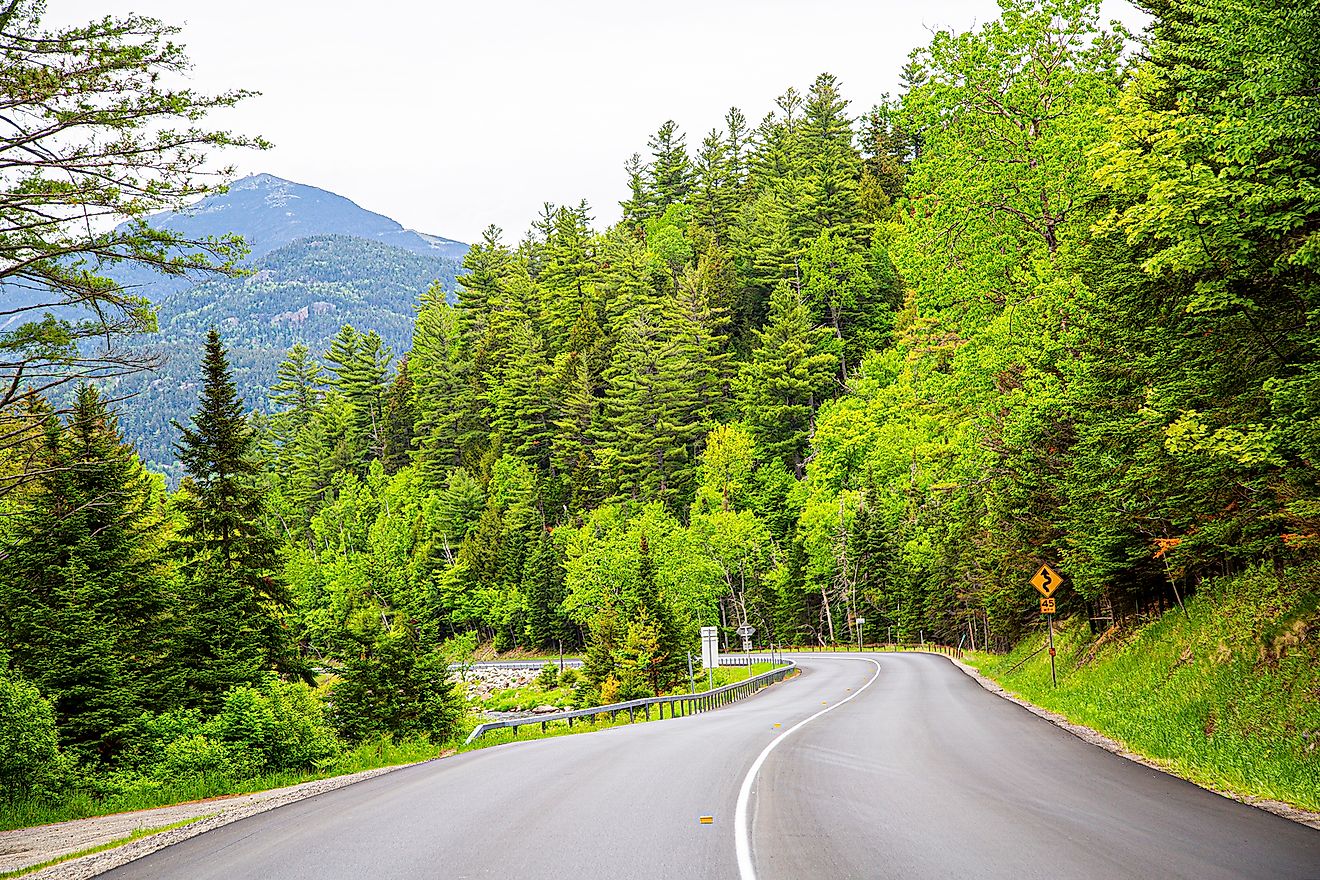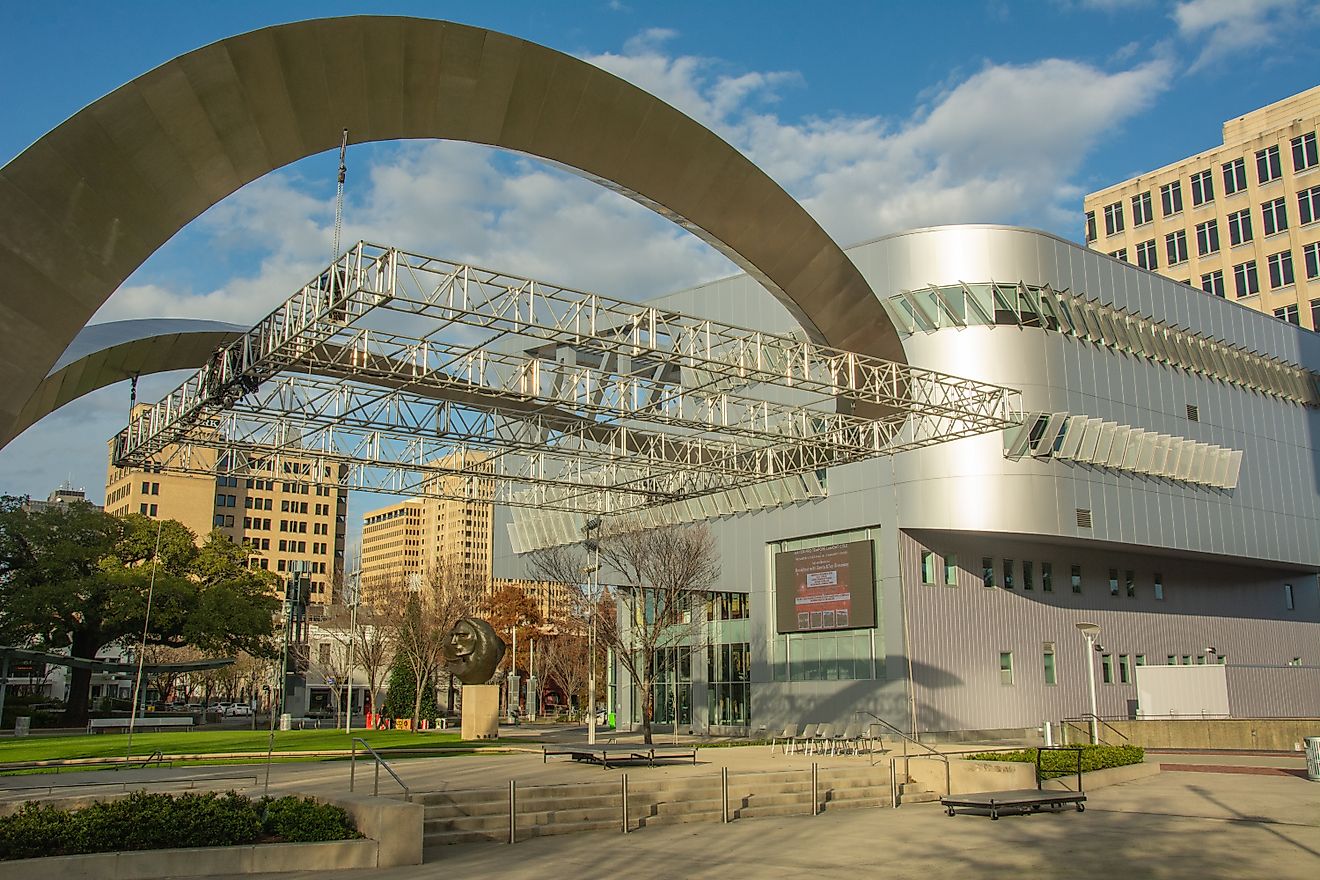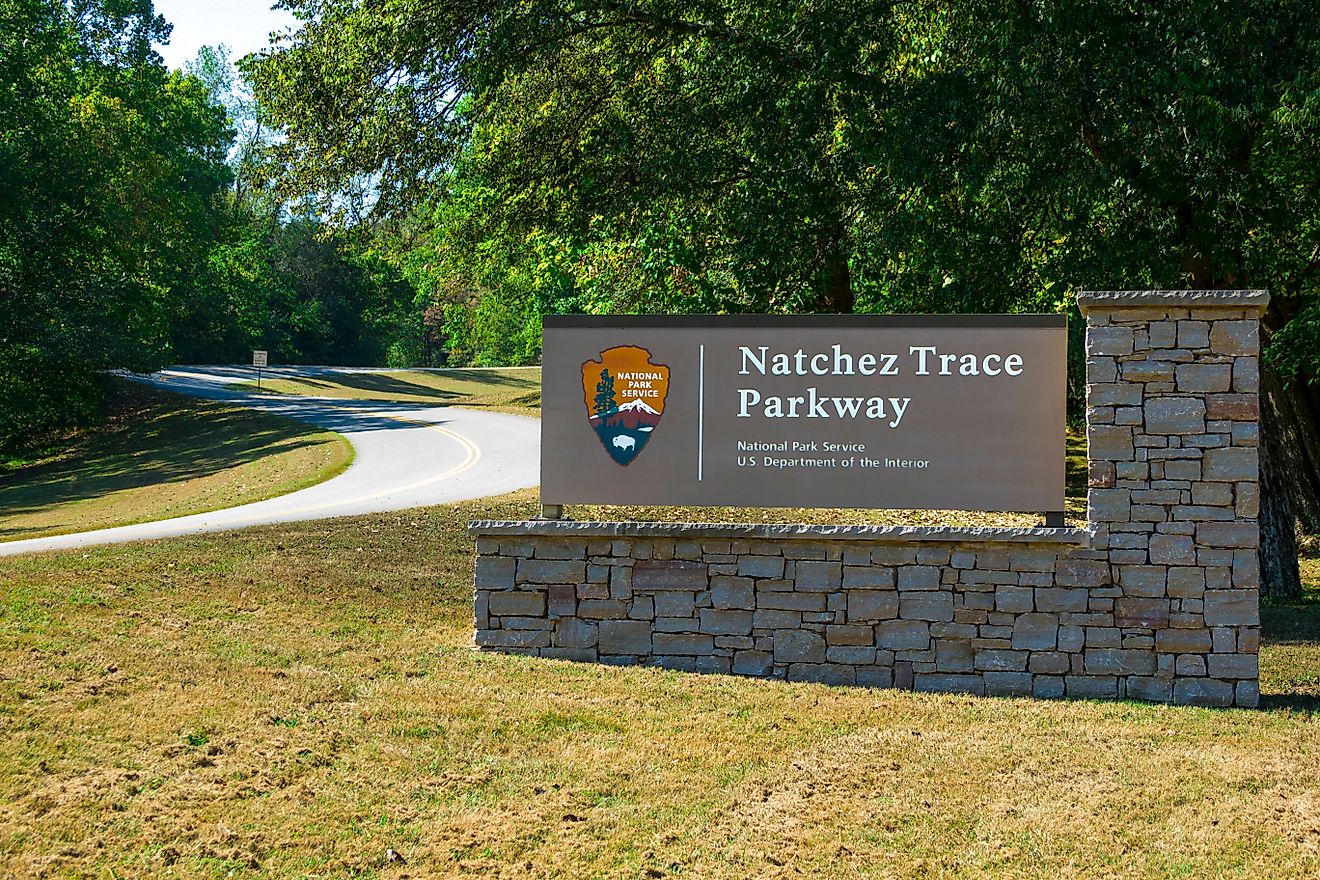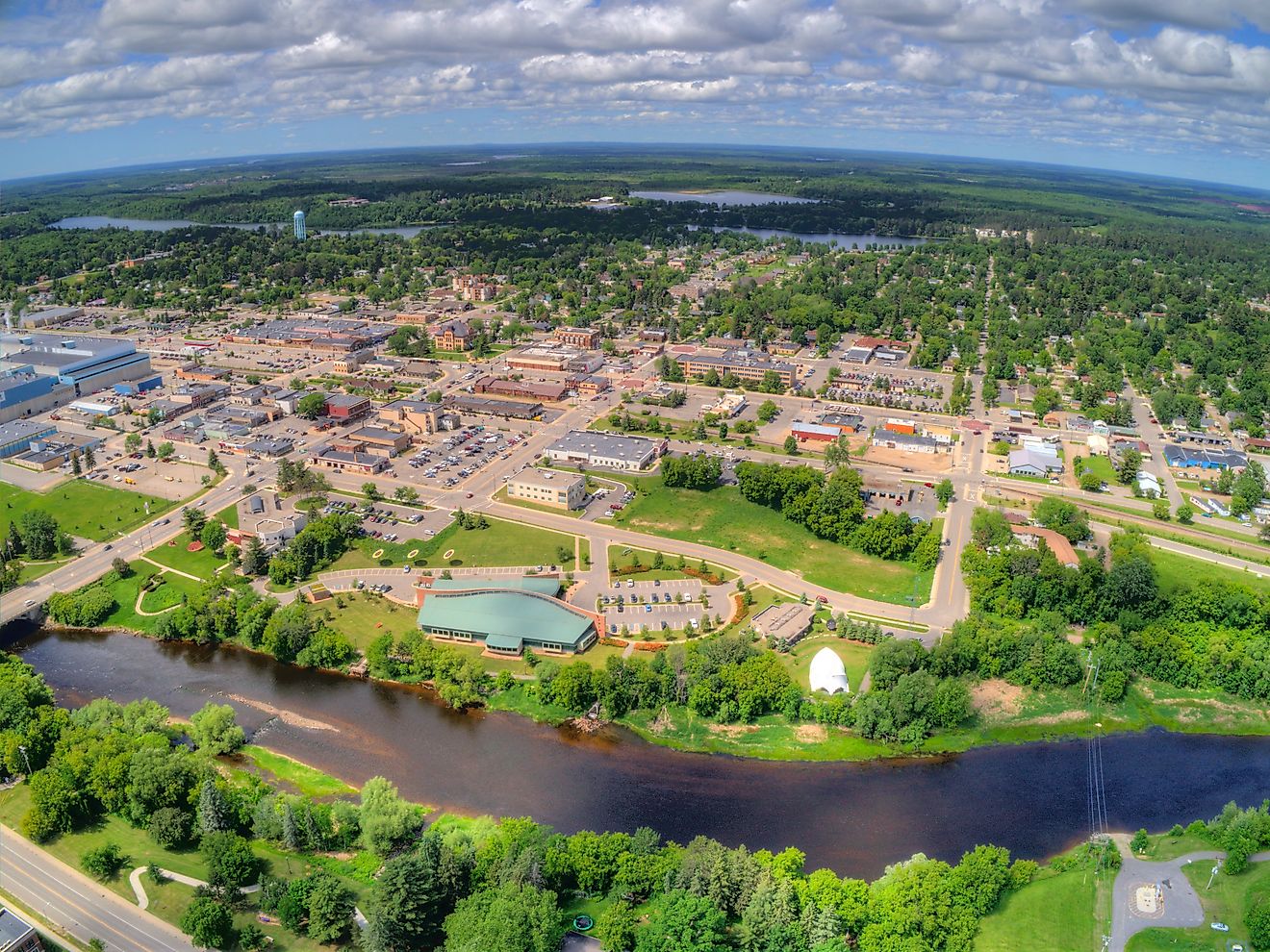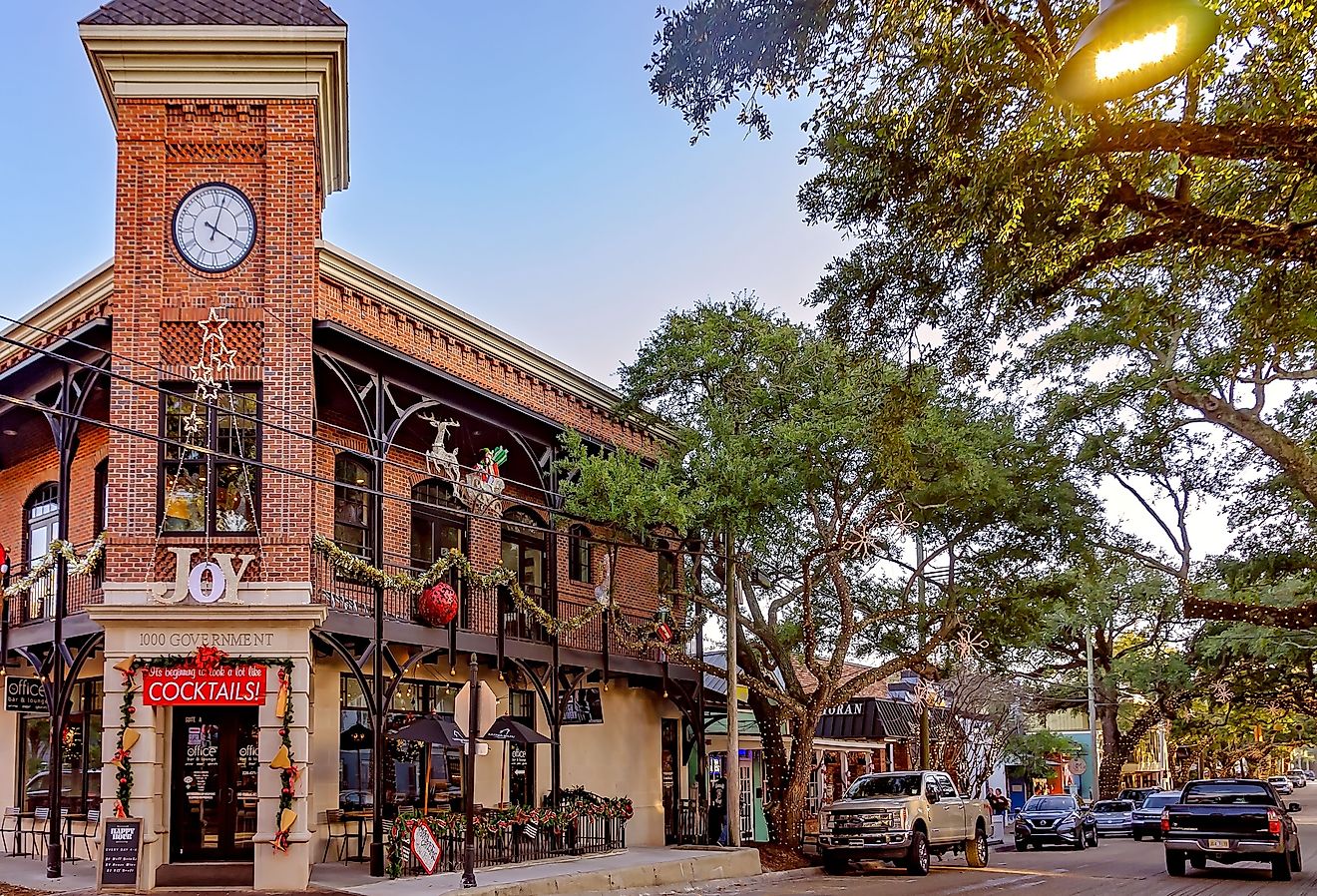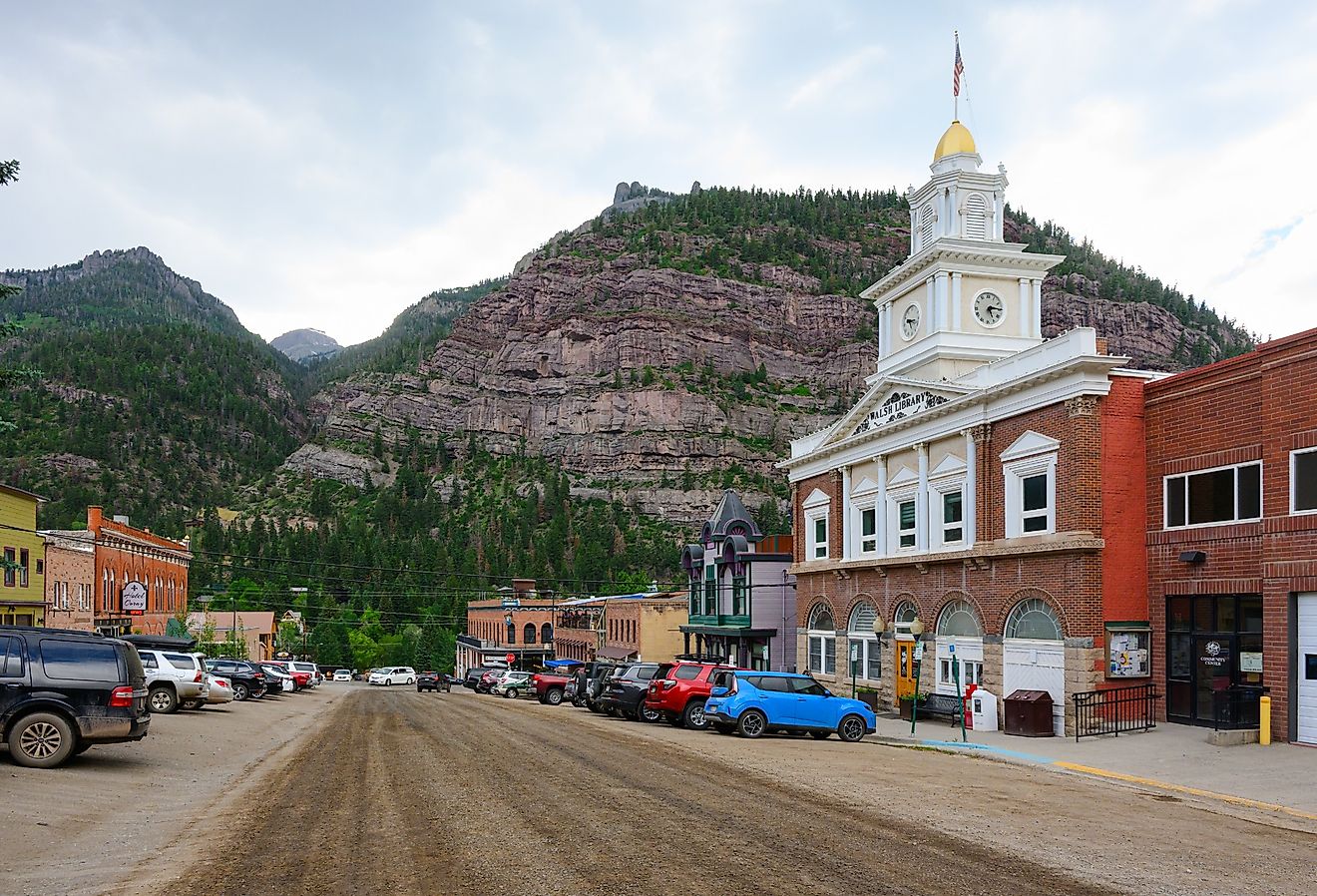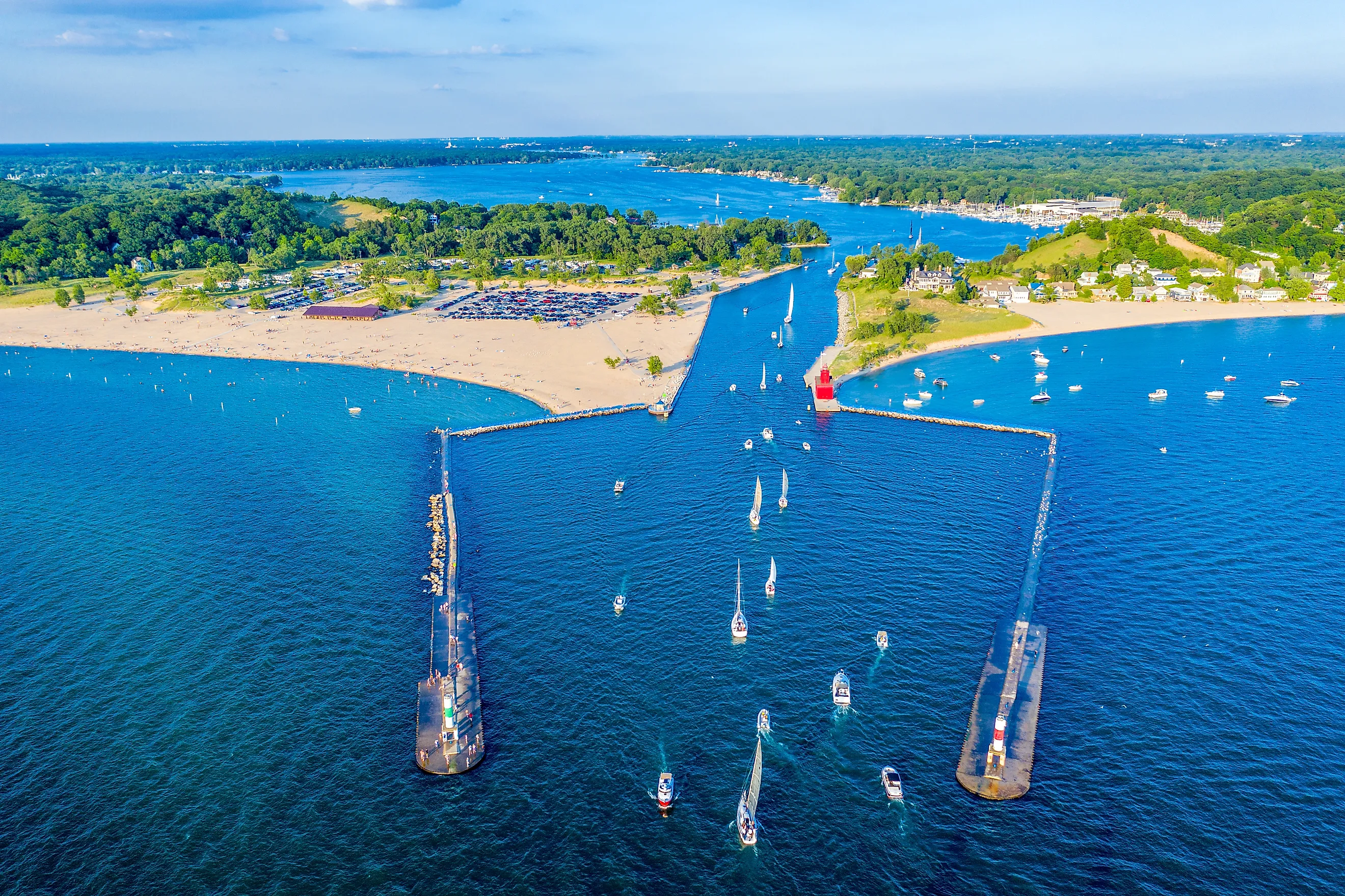
Holland, Michigan
Holland is a large city situated close to the eastern shores of Lake Michigan on Lake Macatawa, in the southwestern part of the Lower Peninsula of the US State of Michigan. Located approximately 50km to the southwest of the city of Grand Rapids, the city of Holland spans the county line of both the Ottawa and Allegan Counties and is considered the largest city in both counties. The city has been nicknamed “The Tulip City,” and at present, about 6 million tulips blossom along the city’s streets, parks, municipal buildings, and other tourist places. The annual Tulip Time Festival attracts more than one million tourists to the city of Holland every year.
Geography Of Holland
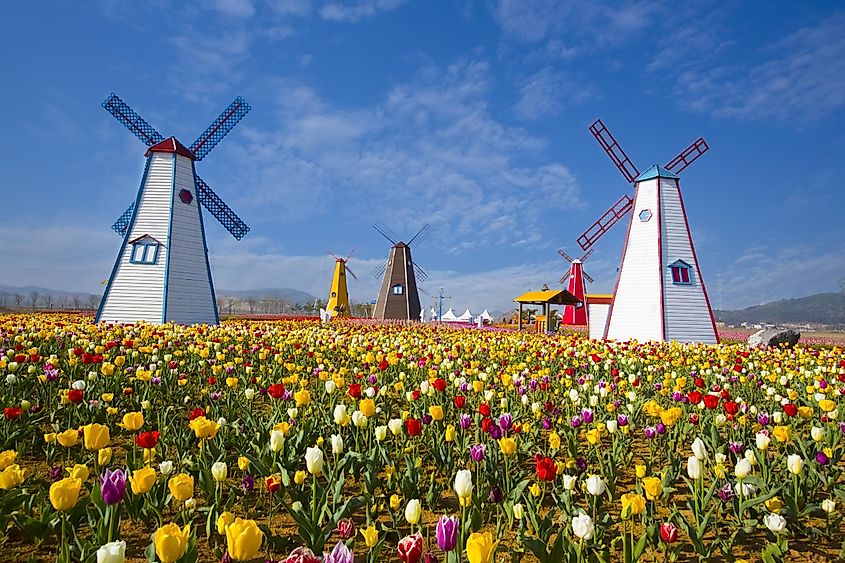
The city of Holland covers a total area of 44.94 sq. km, of which 42.97 sq. km is occupied by land and 1.97 sq. km is occupied by water. About 23.52 sq. km of the city’s area is a part of Ottawa County, whereas approximately 21.06 sq. km of the city’s area is a part of Allegan County. The portion of the city in Ottawa County forms a part of the Grand Rapids-Kentwood Metropolitan Statistical Area, while the portion of the city in Allegan County forms a part of the Holland Micropolitan Statistical Area. However, at present, both the areas form a part of the Grand Rapids-Kentwood-Muskegon Combined Statistical Area. The city of Holland is administered under a council-manager form of government.
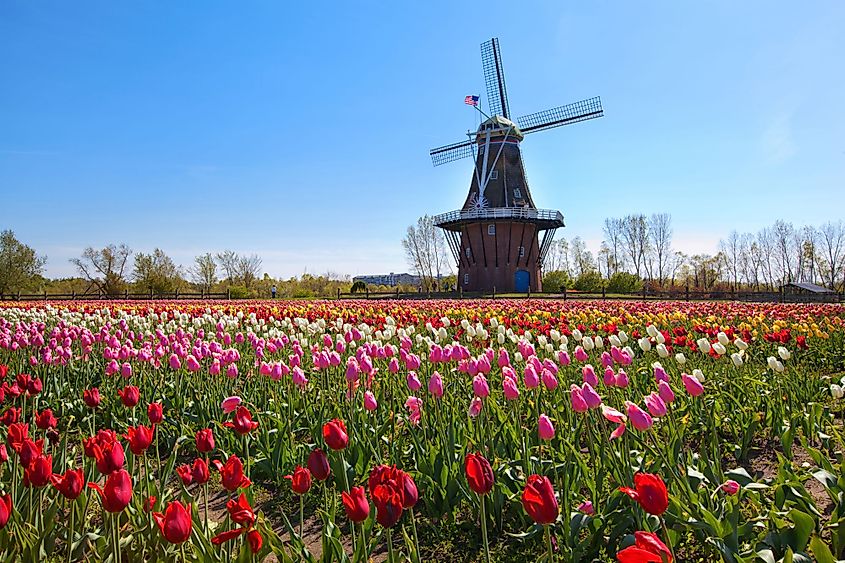
The city of Holland is well-known for its Dutch heritage that serves a vital role not only in the city’s cultural identity but also in increasing the local economy. The 8th Street, which serves as the principal street in downtown Holland hosts the city’s primary shopping district. The city of Holland, due to its location along the eastern shores of Lake Michigan, features many beautiful white-sandy beaches and many parks, including Tunnel Park, Holland State Park, and the Windmill Island Gardens. The Windmill Island Gardens is home to the 250-year-old, 38m tall original Dutch windmill named De Zwaan. The city is also home to the “Holland Harbor Light” or the “Big Red Lighthouse.” Besides this, there are many museums in the city, including the Holland Museum, Cappon House Museum, and the Settlers House Museum. The city also hosts the largest pickle factory in the world that produces more than 1 million pounds of pickles every day during the green season.
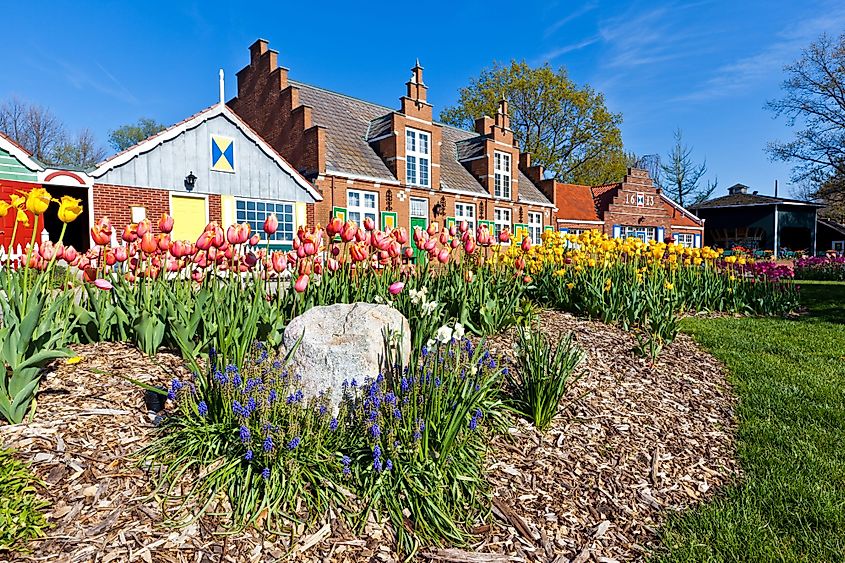
The city of Holland also hosts the annual Tulip Time Festival in the second week of May every year. At present, more than 6 million tulips blossom along the streets, parks, outside the buildings, as well as in the city’s well-known tourist places like the Windmill Island Gardens, Veldheer Tulip Gardens, Dutch Village, etc. The Tulip Time Festival attracts more than one million tourists to the city every year.
Climate
According to the Köppen climate classification, the city of Holland experiences a humid continental climate, with hot summers and cold winters. The hot season lasts from May to September, with July being the hottest month, having an average high temperature of 27.2°C and a low temperature of 17.2°C. The cold season lasts from December to March, with January being the coldest month, having an average low temperature of -6.1°C and a high temperature of 0°C. The city receives an average annual precipitation of 883mm.
Population Of Holland
As per the 2010 US census, about 33,051 people live in the city of Holland. The city’s population has decreased from the 2000 census, which showed that the city was home to 35,048 residents. The city has a population density of 769.2 inhabitants per sq. km. About 85.2% of the city’s population is considered White, the non-Hispanic group at 70.0%, the Hispanic group at 22.7%, African Americans at 4.0%, Native Americans at 0.5%, Asians at 3.9%, Pacific Islander at 0.1%, and two or more races at 5.0%. The census also revealed that there are 12,021 households, 13,212 housing units, and 7,593 families in the city of Holland.
Brief History Of Holland
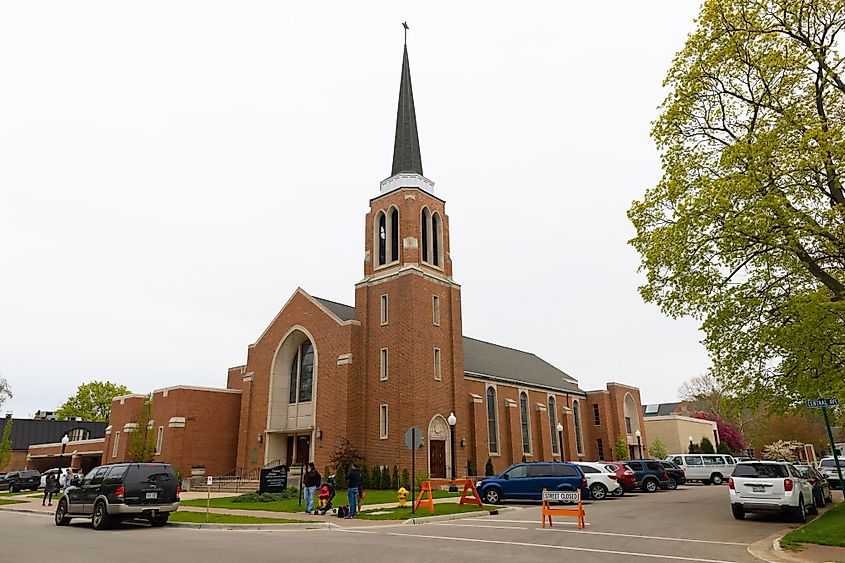
The indigenous Ottawa Indians initially inhabited Ottawa County. The Old Wing Mission was established in 1846 by Reverend George Smith as an outreach to the indigenous population. In 1847, under the leadership of the Dutch Reformed clergyman Dr. Albertus van Raalte, the Dutch Calvinist separatists settled on the land in the middle of the Old Wing Mission Colony close to where the Black River flowed into Lake Macatawa and Lake Michigan. However, the Dutch settlers and the native Ottawa people never got along, and in due course, the Dutch settlers tried to move the natives to a wooded place in Allegan County. Albertus van Raalte also established a congregation of the Reformed Church in America in 1847. Many churches were built in the area in the later years, and eventually, people began to refer to Holland as the “City of Churches.” Holland was officially incorporated as a city on March 25, 1867.

